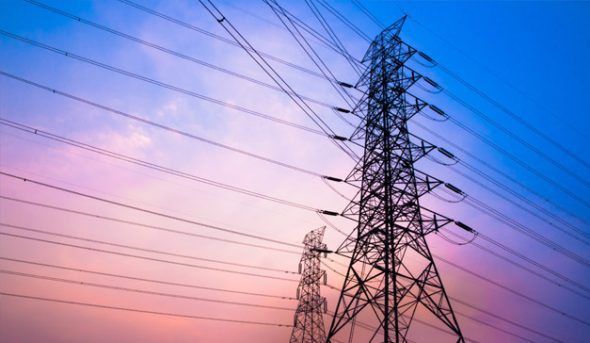
In reporting annual first-half results last week, Europe’s two biggest utilities offered some hints of the strategies in which they have created new units to separate newer energy assets from older ones.
At both E.ON and RWE, the newest energy units are built around renewable power, grid networks and retail sales, separate from fossil fuel energy and trading, to target growth markets. The goal at both companies is to establish more stable, regulated revenues (renewables are often supported by government subsidies, and grid networks earn regulated returns).
But there are big differences in what the two companies are doing. E.ON is spinning off its conventional energy assets, now called Uniper, and plans to exit those completely over time. RWE will separate out its new business, now called innogy, although it will retain a large majority stake.
The tactics raise two questions. First, how deep-rooted are the changes? And second, what will investors will make of them?
Both RWE and E.ON had missed the boat on renewables, until now at least. Of some 200 gigawatts (GW) of installed renewable power capacity in Europe, E.ON has only 2.1GW and RWE 3.1GW.
Both ventures are saddled with legacy debt. E.ON has a chunky “net economic debt” burden at 3.7 times pre-tax earnings or EBITDA. RWE is targeting a net debt/EBITDA ratio of 4 for innogy.
Both companies retain some conventional assets and/or German nuclear liabilities. These holdings continue to be a drag on earnings. E.ON, for example, on Wednesday reported new Uniper provisions of €3.8 billion, including a €1.5 billion write-down on just two power plants (E.ON wouldn’t divulge which plants those were, saying only that they were both conventional assets outside Germany).
Going forward, E.ON, even after it exits its last shares in Uniper, will retain its legacy nuclear business, which comes with substantial pay-outs for waste disposal and continuing liabilities for decommissioning.
Unlike E.ON, RWE plans to keep its conventional assets. That may be trouble down the road. In its first-half results published on Thursday, RWE emphasized its commitment to lignite mining beyond 2030, and “the importance of domestic lignite over the long term for ensuring a secure and affordable energy supply.” This despite the fact that lignite is the most polluting and highest carbon-emitting form of fuel—in a time in which such fuel is fast falling out of favor.
We will see soon enough what investors make of it all.
While the strategic motivation for both companies is to get into high-growth markets in digital, centralized energy networks and generation, the immediate bottom-line motive is to raise cash through higher valuation, whether in new or old assets or both. E.ON floats Uniper next month, and RWE issues shares in innogy at the end of the year.
Investors may remember that other European utilities that include EDF, Iberdrola and Enel have all hived off minority stakes in their green energy businesses in the past, at attractive valuations, only to buy them back at a discount. The parent companies always kept control, and were ultimately the biggest winners. If investors didn’t make money then, they may be more cautious this time around.
For E.ON, a low valuation of Uniper will force it to take further write downs, as it said in its first-half results this week. “If the stock-market listing of Uniper SE results in a market valuation that is below the Uniper Group’s proportional net assets, E.ON SE would have to record an impairment charge.”
Meanwhile RWE is issuing shares in only 10, and so the amount of cash it raises, either way, may be limited.







